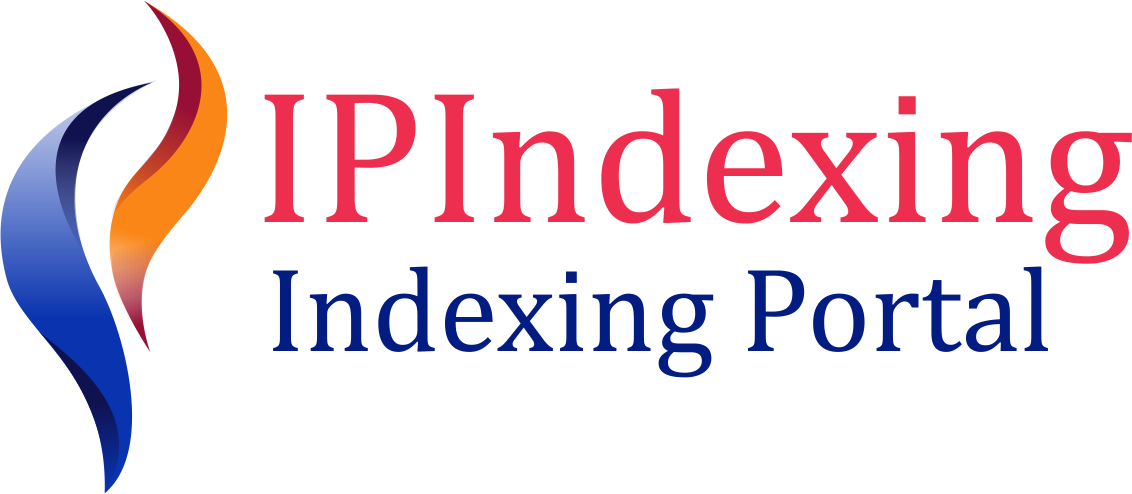The use of a neural network approach in the post-processing of part of the digitized film materials of cameraman Yu. Ya. Kovtun
A. V. Blinnikov
Krasnoyarsk State Agrarian University, Krasnoyarsk, Russia; Siberian Federal University, Krasnoyarsk, Russia
I. V. Kovalev
Krasnoyarsk State Agrarian University, Krasnoyarsk, Russia; Siberian Federal University, Krasnoyarsk, Russia; Reshetnev Siberian State University of Science and Technology, Krasnoyarsk, Russia
DOI: https://doi.org/10.47813/2782-5280-2023-2-2-0224-0241
Keywords: artificial intelligence technologies, neural network, visualization, digital transformation, noise reduction, computer colorization, digital filter
Abstract
The article discusses the use of a neural network approach in the post-processing of part of the digitized film materials of cameraman (northern operator) Yu.Ya. Kovtun. The authors research and study editing-correctional and neural network methods in relation to some of the digitized materials of the northern operator, such as "City Day - Norilsk", "40 minutes from Norilsk", "Angara Pine Goes to the Ocean", "Ledin and his Heroine". Numerical results of processing full-fledged film copies and visual results of experiments that improved the visual characteristics of digitized film materials are presented. At the same time, most of the episodes were processed frame by frame using a combination of Topaz tools. An assessment of the quality of processing in ImageDiscerner is given and maps of differences and histograms of comparisons of frames by Brightness, Solid Areas, Saturation and RGB for digitized film materials are presented.
Author Biographies
A. V. Blinnikov, Krasnoyarsk State Agrarian University, Krasnoyarsk, Russia; Siberian Federal University, Krasnoyarsk, Russia
Alexander Blinnikov, PhD student, Krasnoyarsk State Agrarian University, Krasnoyarsk, Russia
I. V. Kovalev, Krasnoyarsk State Agrarian University, Krasnoyarsk, Russia; Siberian Federal University, Krasnoyarsk, Russia; Reshetnev Siberian State University of Science and Technology, Krasnoyarsk, Russia
Igor Kovalev, Doctor of Technical Sciences, Professor, Siberian Federal University, Krasnoyarsk, Russia
References
Блинников А.В., Мансурова Т.П. Методика аналитического учета и классификации фильмокопий в фонде длительного хранения. Современные инновации, системы и технологии. 2022; 2(1): 30-40.
Варламова Л.П., Салахова К.Н., Тиллаходжаева Р. С. Нейросетевой подход в задаче обработки данных. Молодой ученый. 2018; 16(202): 99-102.
Блинников А.В. Физико-технический подход к системному увлажнению киноплёнки. Современные инновации, системы и технологии. 2021; 1(3): 41-53.
Гудфеллоу Я., Бенджио И., Курвилль А. Глубокое обучение. М.: ДМК Пресс; 2018. 652.
Andrew N.G. Machine Learning. Technical Strategy for AI Engineers. Andrew NG: Self-publishing; 2018. 118. https://itbook.store/books/1001590486081
Николаенко C., Кадурин А., Архангельская Е. Глубокое обучение. Погружение в мир нейронных сетей. Санкт-Петербург: Питер; 2018. 480.
Саттон Р. С., Барто Э. Г. Обучение с подкреплением. М.: БИНОМ. Лаборатория знаний; 2017. 399.
Abu-Mostafa, Yaser S. Learning from Data Hardcover. AMLBook.com; 2012. 213.
Burkov A. The Hundred-Page Machine Learning Book. Andriy Burkov Publisher; 2019. 160.
Chollet F. Deep Learning with Python. Telegram. https://t.me/progbook/889.
Géron A. Hands-On Machine Learning with Scikit-Learn and TensorFlow Concepts, Tools, and Techniques to Build Intelligent Systems. Telegram. https://t.me/progbook/196.
Trask A. W. Grokking Deep Learning. Manning; 2019. 336.
Lapan M. Deep Reinforcement Learning Hands-On: Apply modern RL methods, with deep Q-networks, value iteration, policy gradients, TRPO, AlphaGo Zero and more. Packt Publishing; 2018. 546.
Molnar Ch. Interpretable Machine Learning. A Guide for Making Black Box Models Explainable. Christoph Molnar: Independently published; 2019. 328.
Nielsen M. Neural Networks and Deep Learning. Determination Press; 2015. 224. http://neuralnetworksanddeeplearning.com/index.html.
Pearl Ju., Mackenzie D. The Book of Why: The New Science of Cause and Effect. New York City: Basic Books; 2018. 432.
Rosebrock A. Deep Learning for Computer Vision with Python. Starter Bundle. PyimageSearch.com. Telegram; 2017. https://t.me/progbook/1503.
Skansi S. Introduction to Deep Learning. From Logical Calculus to Artificial Intelligence. Springer; 2018. https://t.me/progbook/1196.
REFERENCES
Blinnikov A.V., Mansurova T.P. Metodika analiticheskogo ucheta i klassifikacii fil'mokopij v fonde dlitel'nogo hraneniya. Sovremennye innovacii, sistemy i tekhnologii. 2022; 2(1): 30-40. DOI: https://doi.org/10.47813/2782-2818-2022-2-1-30-40
Varlamova L.P., Salahova K.N., Tillahodzhaeva R. S. Nejrosetevoj podhod v zadache obrabotki dannyh. Molodoj uchenyj. 2018; 16(202): 99-102.
Blinnikov A.V. Fiziko-tekhnicheskij podhod k sistemnomu uvlazhneniyu kinoplyonki. Sovremennye innovacii, sistemy i tekhnologii. 2021; 1(3): 41-53.
Gudfellou YA., Bendzhio I., Kurvill' A. Glubokoe obuchenie. M.: DMK Press; 2018. 652.
Andrew N.G. Machine Learning. Technical Strategy for AI Engineers. Andrew NG: Self-publishing; 2018. 118. https://itbook.store/books/1001590486081
Nikolaenko C., Kadurin A., Arhangel'skaya E. Glubokoe obuchenie. Pogruzhenie v mir nejronnyh setej. Sankt-Peterburg: Piter; 2018. 480.
Satton R. S., Barto E. G. Obuchenie s podkrepleniem. M.: BINOM. Laboratoriya znanij; 2017. 399.
Abu-Mostafa, Yaser S. Learning from Data Hardcover. AMLBook.com; 2012. 213.
Burkov A. The Hundred-Page Machine Learning Book. Andriy Burkov Publisher; 2019. 160.
Chollet F. Deep Learning with Python. Telegram. https://t.me/progbook/889.
Géron A. Hands-On Machine Learning with Scikit-Learn and TensorFlow Concepts, Tools, and Techniques to Build Intelligent Systems. Telegram. https://t.me/progbook/196.
Trask A. W. Grokking Deep Learning. Manning; 2019. 336.
Lapan M. Deep Reinforcement Learning Hands-On: Apply modern RL methods, with deep Q-networks, value iteration, policy gradients, TRPO, AlphaGo Zero and more. Packt Publishing; 2018. 546.
Molnar Ch. Interpretable Machine Learning. A Guide for Making Black Box Models Explainable. Christoph Molnar: Independently published; 2019. 328.
Nielsen M. Neural Networks and Deep Learning. Determination Press; 2015. 224. http://neuralnetworksanddeeplearning.com/index.html.
Pearl Ju., Mackenzie D. The Book of Why: The New Science of Cause and Effect. New York City: Basic Books; 2018. 432.
Rosebrock A. Deep Learning for Computer Vision with Python. Starter Bundle. PyimageSearch.com. Telegram; 2017. https://t.me/progbook/1503.
Skansi S. Introduction to Deep Learning. From Logical Calculus to Artificial Intelligence. Springer; 2018. https://t.me/progbook/1196. DOI: https://doi.org/10.1007/978-3-319-73004-2
















